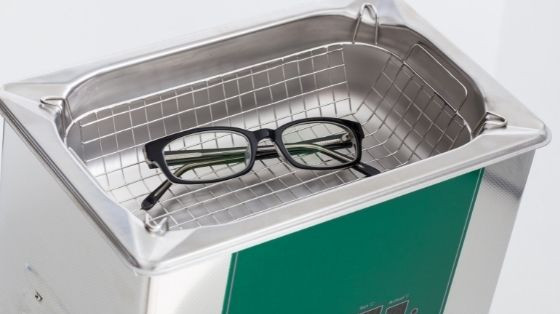 In today’s post we will be sharing the do’s and don’ts of ultrasonic parts cleaners. An ultrasonic cleaner is a device that functions by using ultrasound and water or a cleaning solvent. Usually, 40 kHz high-frequency waves are used to agitate the liquid or solution and clean the parts. It is important to use this technology properly to receive maximum benefits.
In today’s post we will be sharing the do’s and don’ts of ultrasonic parts cleaners. An ultrasonic cleaner is a device that functions by using ultrasound and water or a cleaning solvent. Usually, 40 kHz high-frequency waves are used to agitate the liquid or solution and clean the parts. It is important to use this technology properly to receive maximum benefits.
5 Do’s and Don’ts of Ultrasonic Parts Cleaners
1. Do Maintain Proper Care of Machine
Cleaning can be difficult, but there is help from Kaijo Shibuya. Do not leave the machine plugged in after use. Drain the unit of all of its solutions, then unplug it. Units can fail if left energized and overheated.
- Do drain the solution and clean the tank occasionally, as debris from cleaned items is likely to settle at the bottom of the tank.
- It is also important to change the filters in the filtration system regularly and to use water-based detergents.
- Almost anything can be cleaned with an ultrasonic cleaner, with two stipulations. The item must be able to be submerged in water, and the item must be dried quickly.
- Items such as jewelry, rifles, engine parts, lenses, surgical instruments, motherboards, and even fragile ceramics can be cleaned.
- Ultrasonic cleaners remove rust, paint, and oil from metal surfaces.
- It is important to pre-clean heavily contaminated items before placing them in the cleaner. The ultrasonic unit will clean them, regardless of how heavy the dirt or contaminants are, but those contaminants must go somewhere, and they will end up at the bottom of the tank and will need to be removed.
2. Do Understand the Differences Between Machines
There are three basic kinds of Ultrasonic Cleaning Machines. The Industrial, heavy-duty type is used for production cleaning. Small, lab-size tabletop cleaners are efficient in cleaning lab glass and materials. Small, toy-like systems are great for cleaning small things, such as jewelry, clothes, vegetables, and baby toys.
3. Do Be Careful with Detergent
Use proper cleaners. Do not use alcohol, gasses, or flammable liquids. They will vaporize and could cause an explosion, fire, or release harmful gasses into the air. Bleach is also not a good cleaning agent, as it does not promote cavitation activity.
New solutions have some gasses trapped in them—mostly air. If these gasses aren’t removed, it will take longer for the cleaning to work on the items placed in the solution. To remove the gasses, all that is needed is to operate the unit at the proper operating temperature and run it without items in it for about ten minutes.
4. Don’t Change Controls or Repair Cleaners
Ultrasonic cleaners use high voltage, which can be dangerous. Do not work with transformers, electronic controls, transducers in the unit or try to repair units. Also, do not spray the outside of the tank, control box, or electrical box with water or other liquids. It is better to wipe the machine down with a soft rag.
5. Don’t Put Body Parts in Unit Unprotected
It is important to protect body parts from these powerful machines. Never put body parts in a machine while it is operating without proper protection. Detergents can cause skin irritation, and the cavitation and cleaning action can cause discomfort. Also, the operating temperature of ultrasonic cleaners can reach 160 degrees, which will cause burns. Using thermal gloves and goggles can help protect users while operating ultrasonic cleaners.
For an ultrasonic parts cleaner to function as designed and last for many years, it is important to care for it properly. This list of dos and don’ts is a helpful start. Personal safety is also important, and care should be taken when operating machines.
Conclusion
We hope you have found this post about 5 do’s and don’ts of ultrasonic parts cleaners helpful and that you will implement these tips going forward



